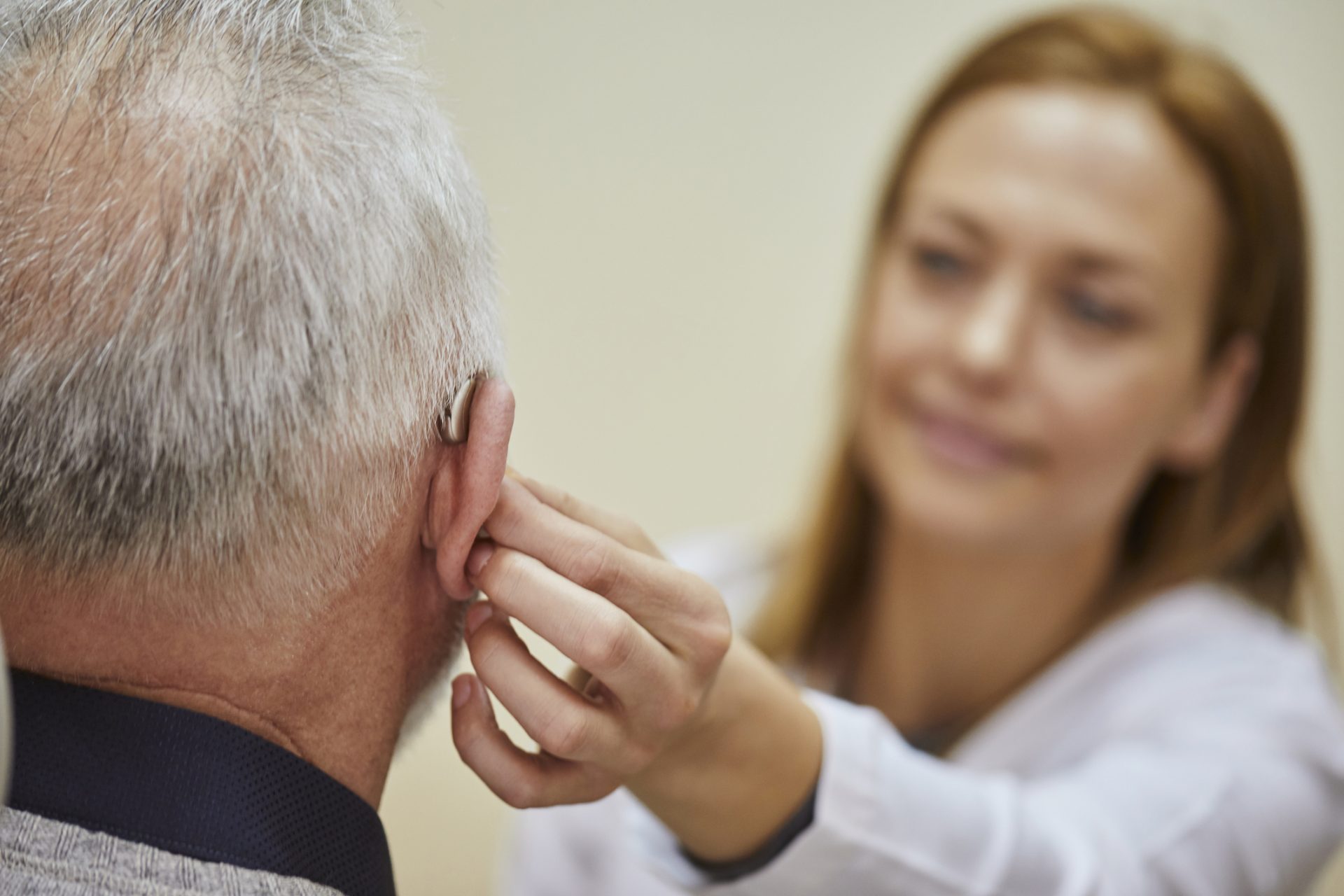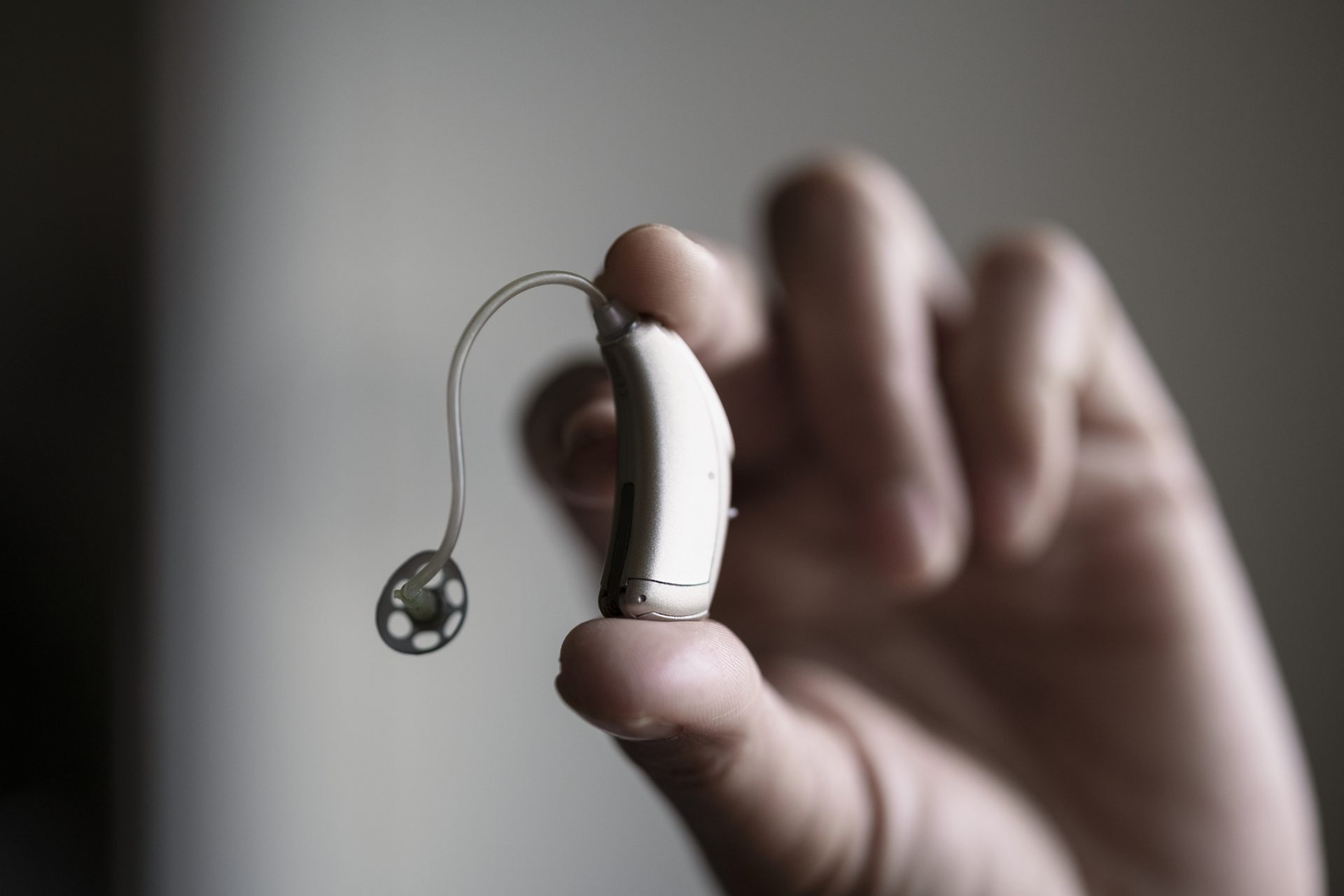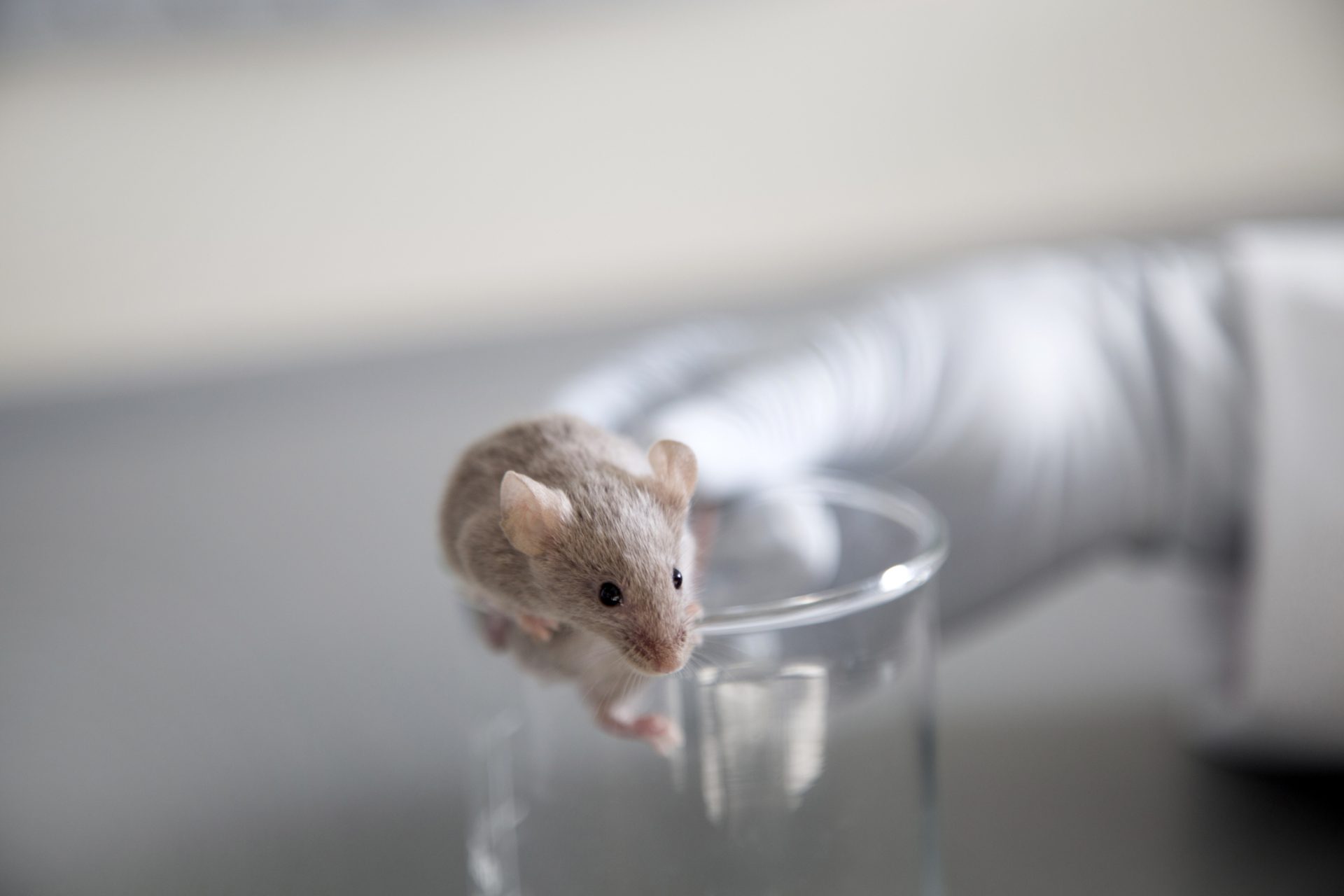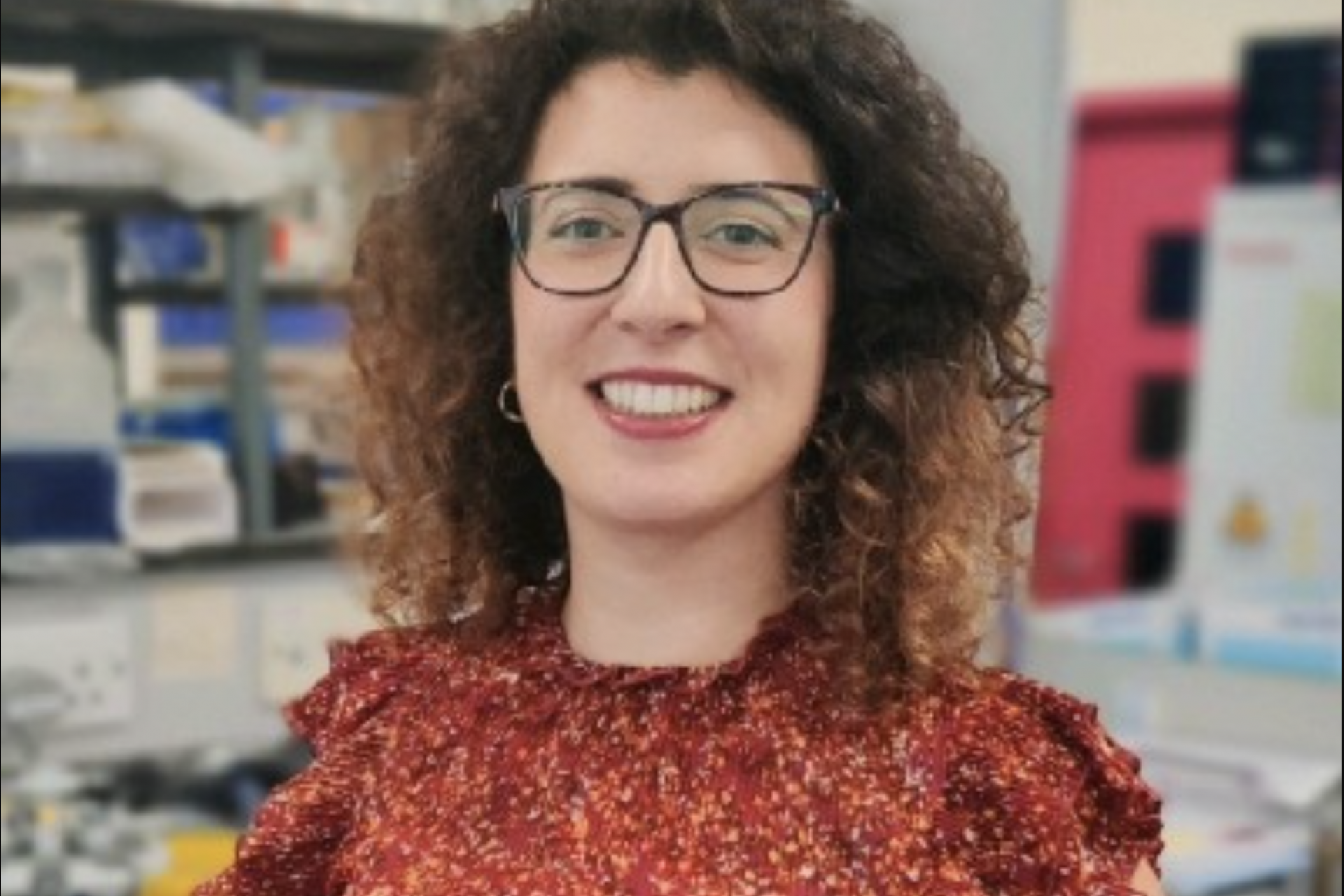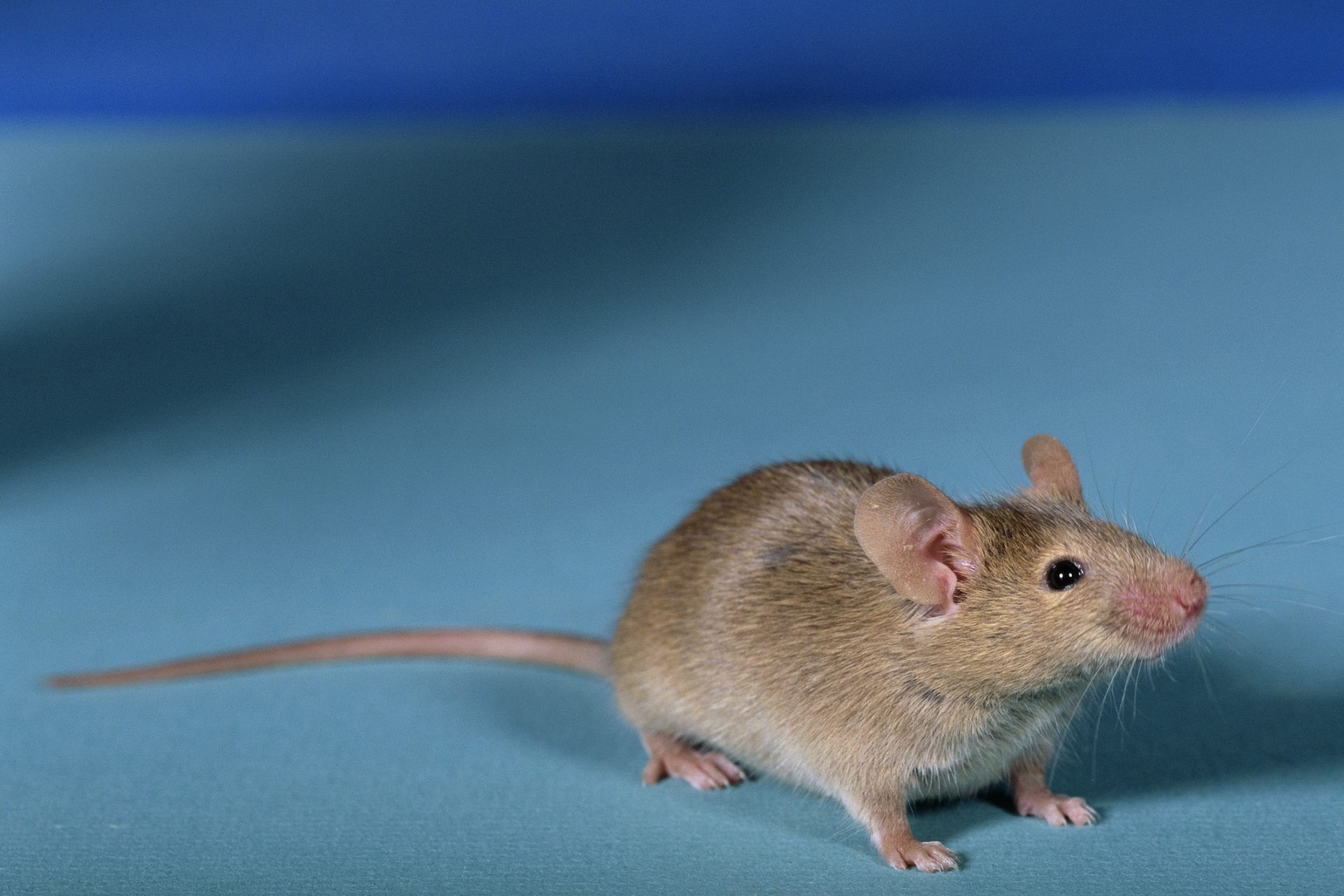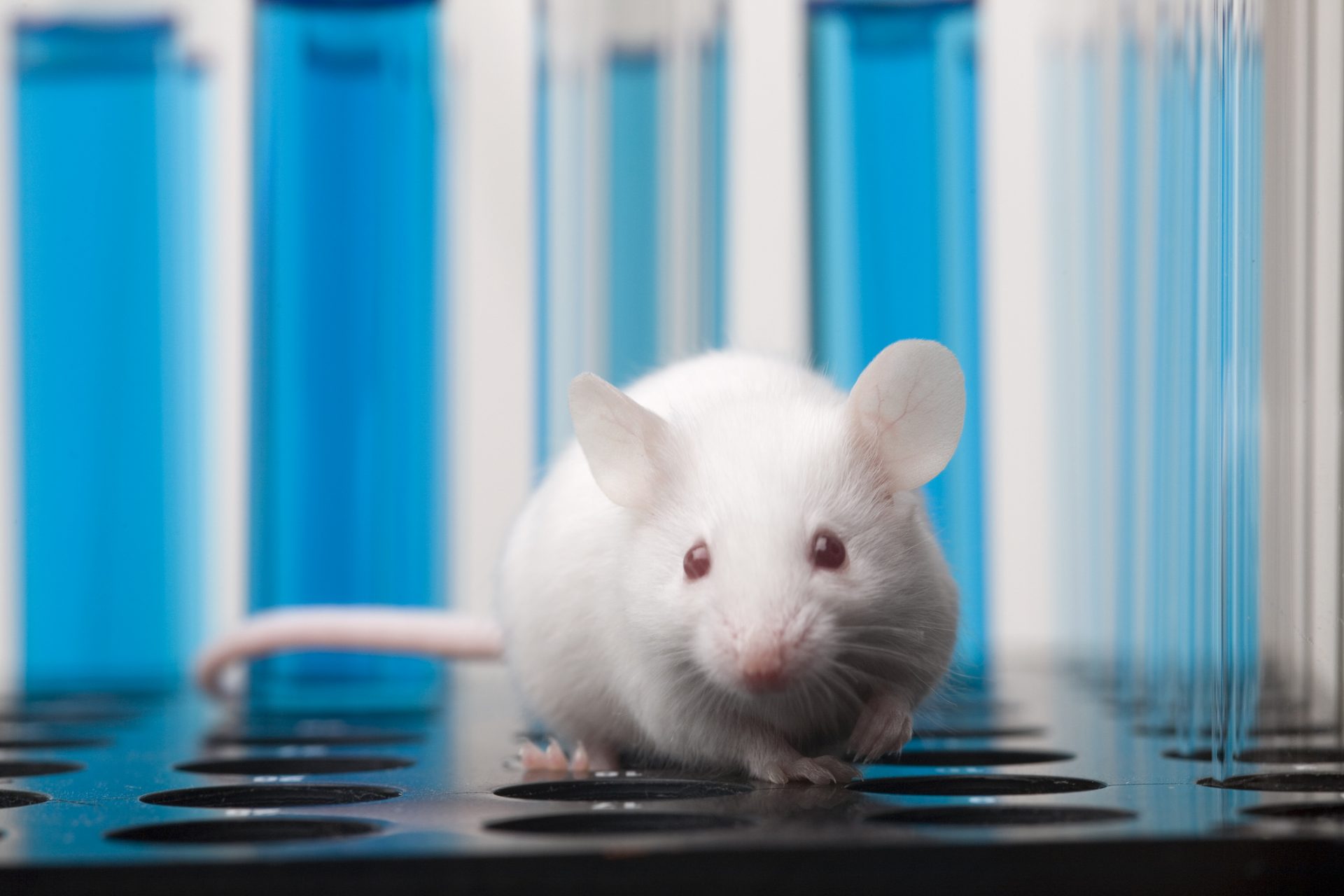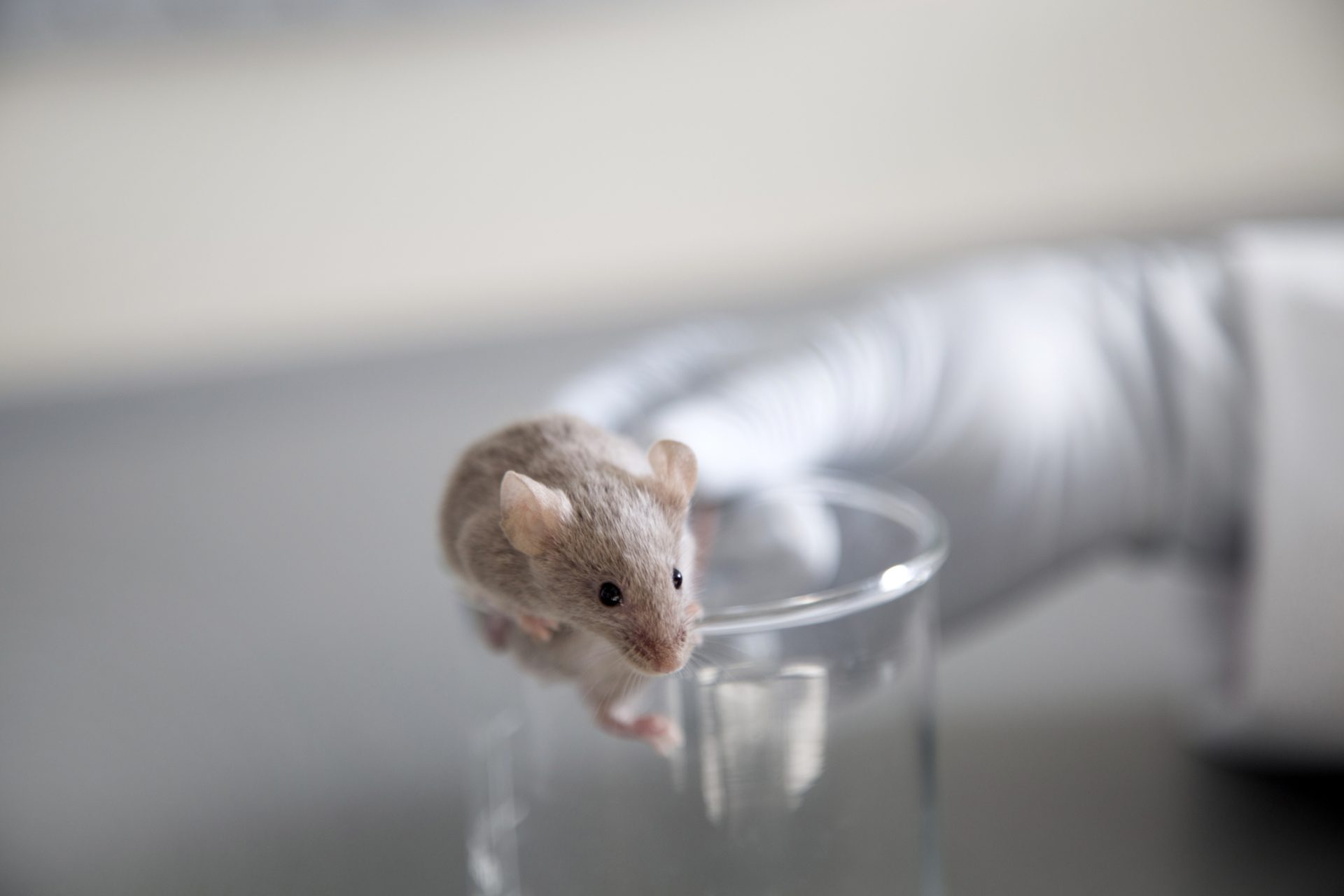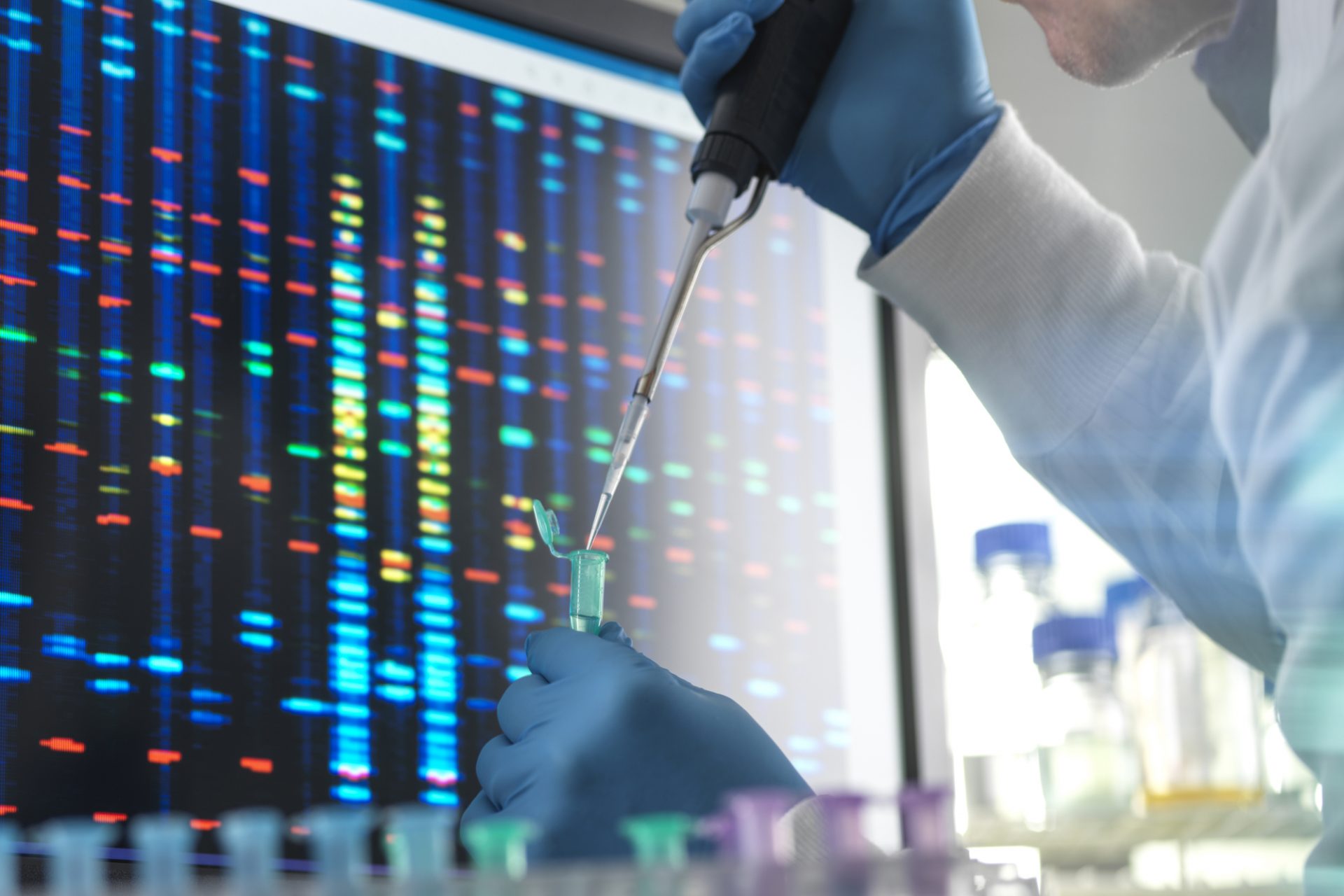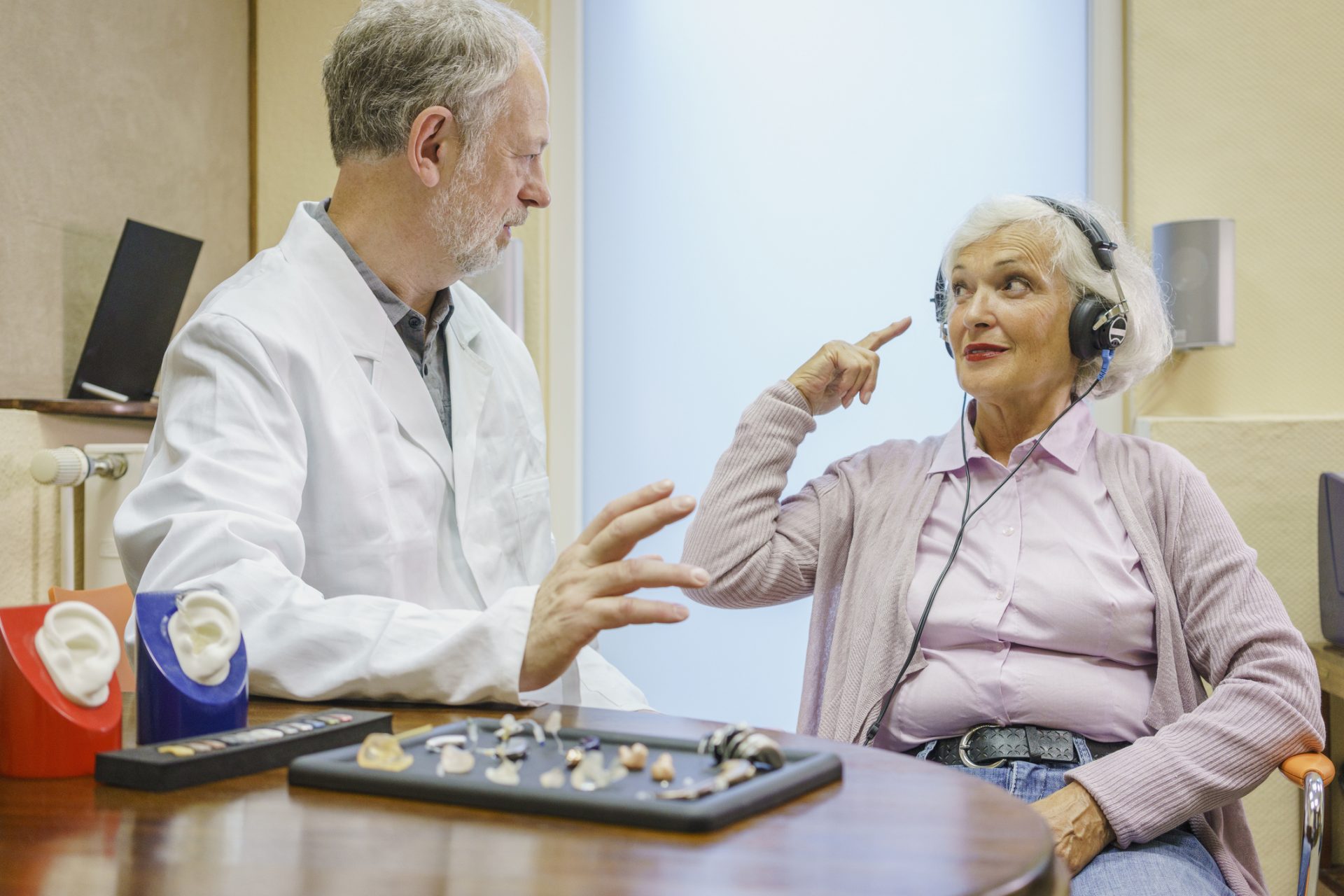Researchers just reversed hearing loss in mice and it could help humans
Researchers have made a major scientific breakthrough by reversing hearing loss in mice and the discovery could just be the key scientists needed to fix hearing loss in humans.
Roughly 2.5 billion people will suffer from some form of hearing loss by 2050 according to the World Health Organization, 700 million of which will require hearing rehabilitation.
If that statistic sounds bad then the next one might actually shock you. All of the world’s unaddressed hearing problems cost the global economy $980 million dollars annually.
Finding a solution to the global hearing loss problem would not only help those suffering from the condition but it could also put nearly one billion back into the world’s economy.
Luckily, an enterprising group of researchers at the Institute of Psychiatry, Psychology & Neuroscience at King’s College London might have just cracked the hearing loss code.
The researchers discovered they could use a genetic approach to restoring hearing loss and restore the hearing abilities of mice according to a press release on the research.
“Seeing the once-deaf mice respond to sounds after treatment was truly thrilling,” study first author Dr Elisa Martelletti explained in a statement.
Photo Credit: LinkedIn @elisa-martelletti
“It was a pivotal moment, demonstrating the tangible potential to reverse hearing loss caused by defective genes,” Dr. Martelletti continued.
Martelletti went on to explain that the study was proof of concept research aimed at showing hearing loss really could be reversed, and their findings provided a number of exciting possibilities for future research.
The mice didn’t get their full hearing back but they did have their ability to hear both low and medium frequencies returned. But how did the researchers actually restore the hearing abilities of some mice?
Spns2 is a protein-coding gene according to GeneCard and previous research suggests mutations of the Spns2 gene somehow cause mice and humans to eventually go deaf.
The mice were bred specifically for the study so their Spns2 was inactive, allowing the researcher to determine the best way and ages to activate Spns2 to restore hearing loss.
The researchers explained in their study that they activated the Spns2 gene in deficient mice at different ages after hearing loss began and that’s how their loss was reversed.
The Spns2 gene was activated by a special enzyme and it was discovered that the activation was most beneficial at a younger age with the benefits becoming less pronounced when the Spns2 gene was activated at later ages.
“Degenerative diseases such as progressive hearing loss are often believed to be irreversible, but we have shown that at least one type of inner ear dysfunction can be reversed,” explained the study's senior author Professor Karen Steel.
“We used a genetic method to show this reversal as a proof-of-concept in mice, but the positive results should encourage research into methods like gene therapy or drugs to reactivate hearing in people with a similar type of hearing loss,” Steel continued.
More for you
Top Stories





